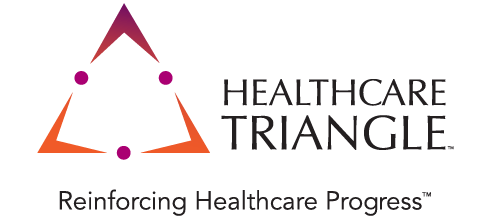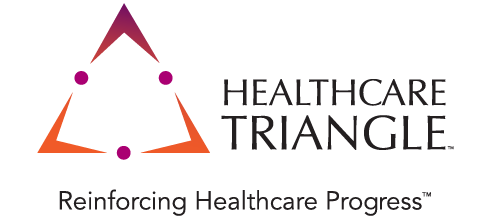Revenue Cycle Automation & Efficiency
This is the last component in my #returntorevenue series, highlighting the steps necessary to expeditiously trend up your financial health in light of COVID-19. This final step is arguably the most important. You can take all the right strategic and operational steps in the world but if your technology, your EHR, your core revenue processing mechanisms and staff aren’t aligned, you’ll inevitably see and experience subpar results. The simple fact is, there are things you should have done yesterday, things you should be doing right now, and things you’ll need to continue to do, monitor, and improve in the future.











